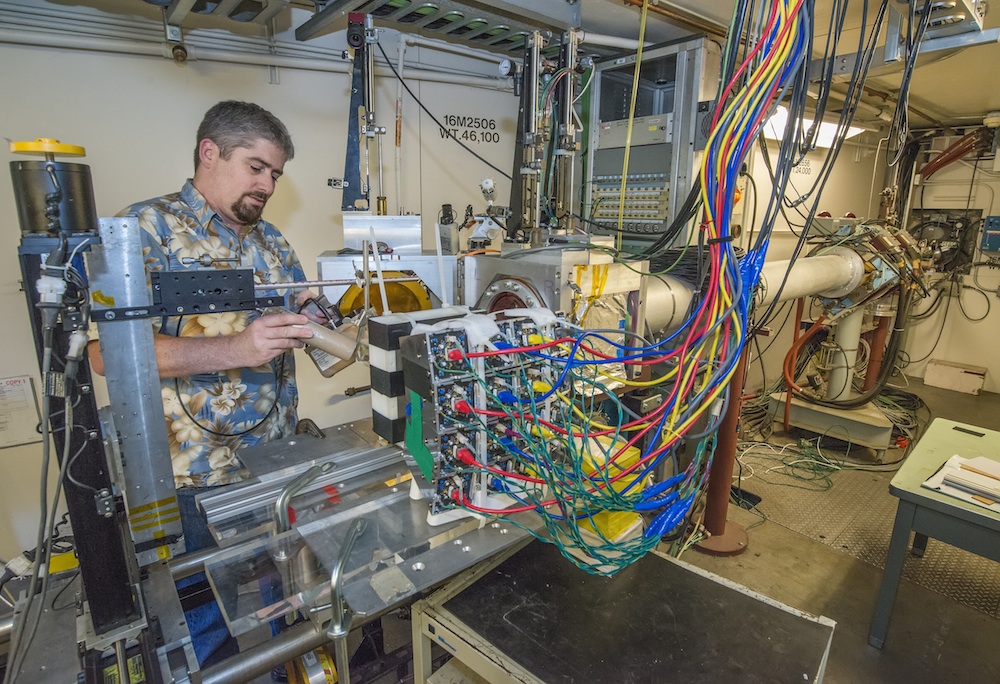Space is cold, dark, and lonely. Deadly, too, if any one of a million things goes wrong on your spaceship. It’s certainly no place for a computer chip to fail, which can happen due to the abundance of radiation bombarding a craft. Worse, ever-shrinking components on microprocessors make computers more prone to damage from high-energy radiation like protons from the sun or cosmic rays from beyond our galaxy.
It’s a good thing, then, that engineers know how to make a spaceship’s microprocessors more robust. To start, they hit them with high-energy ions from particle accelerators here on Earth. It’s a radiation-testing process that finds a chip’s weak spots, highlighting when, where, and how engineers need to make the microprocessor tougher.
One of the most long-lived and active space-chip testing programs is at the U.S. Department of Energy’s Lawrence Berkeley National Lab (Berkeley Lab). Sitting just up the hill from UC Berkeley, in Berkeley Lab’s Building 88, is the 88-Inch Cyclotron, a machine that accelerates ions to high energies along a circular path.


